DECORATIONS
Synthetic ruby in jewelry and bijouterie
Ruby belongs to the class of corundums, which in turn are alumina doped with chromium. Ruby is a hard stone (9 on the Mohs scale). It is second in hardness only diamond... However, rubies weighing 2 or more carats are rare, and 10-30 carats are considered a unique rarity.
Many rubies that adorn the royal headdress turned out to be ruby spinels or rubellites (red tourmalines).
Ruby became the first artificially created stone.
In 1892, the French scientist Auguste Verneuil managed to obtain the first grains of artificial ruby. Attempts to synthesize rubies have been made since ancient times. However, it was Verneuil who created the simplest and most reliable way to grow synthetic corundum. This led to the organization of industrial production.
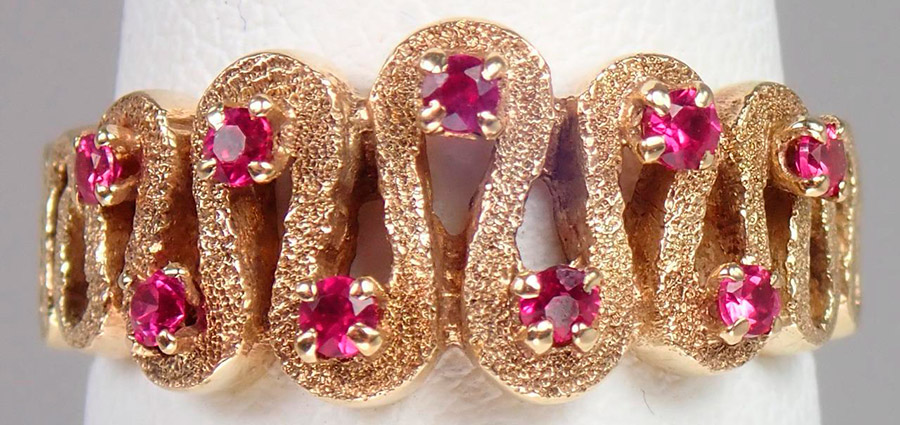
At first, this production was only in France, then the Verneuil method was used in other countries. And the method is very simple. Alumina powder with addition of chromium oxide is passed in a thin stream through a hydrogen-oxygen flame with a temperature of 2050 ºС. The powder melts and crystallizes. So you can grow crystals from a few centimeters to a meter.
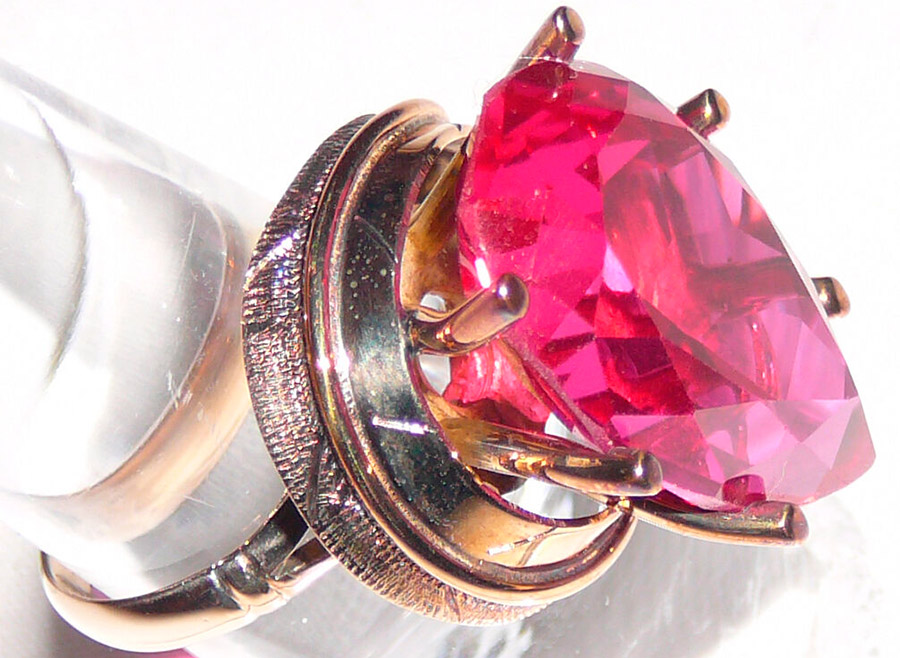
Artificial rubies are widespread and cheap. Grown crystals are used in jewelry, watchmaking, optics, electronics and even astronomy.
The production of natural rubies is declining. Everyone knows that rubies are considered the best in Burma or Ceylon. But even there, instead of natural rubies, you can buy artificial ones. They are given off as ancient gems.
How did this happen? Verneuil's discovery was exploited by some of his dishonest students. For several years, for the purpose of enrichment, they sold synthetic stones in the East as if they were real. It turned out that even now Verneuil stones can be found, although they are already more than a hundred years old. However, these stones are also valued today in jewelry.
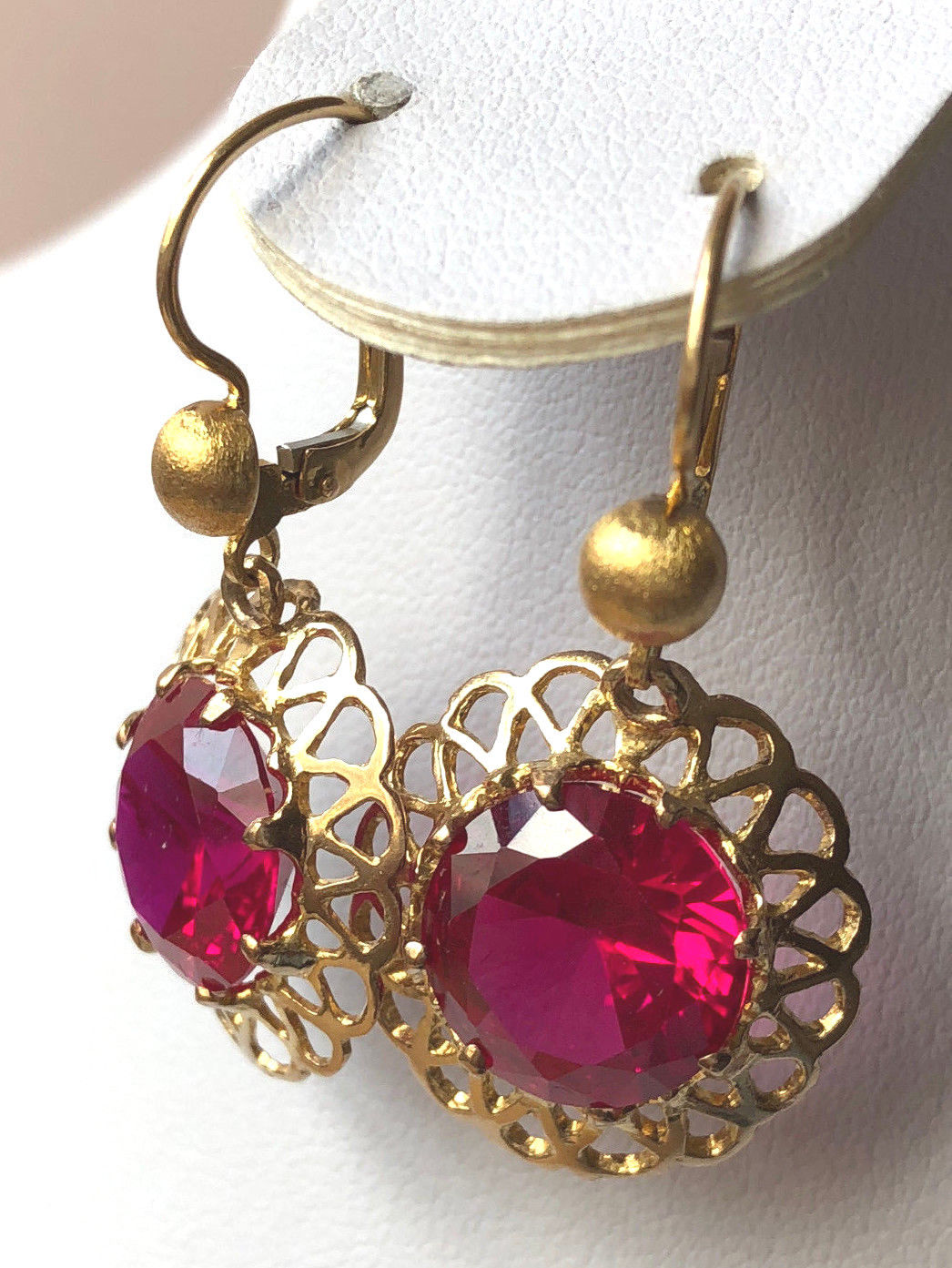
Cut rubies, or corundums, look flawless. It is difficult to distinguish them from natural. Now there is more than one method for obtaining synthetic crystals, so you can easily purchase a fake. However, there are rules to help with the purchase.
Take a close look at the appearance of the stone with a magnifying glass. Natural inclusions in the stone indicate that this is a real ruby, since synthetic rubies are absolutely pure crystals. The stone should be viewed in daylight. Under artificial lighting, the color of the stone may differ from the natural one.
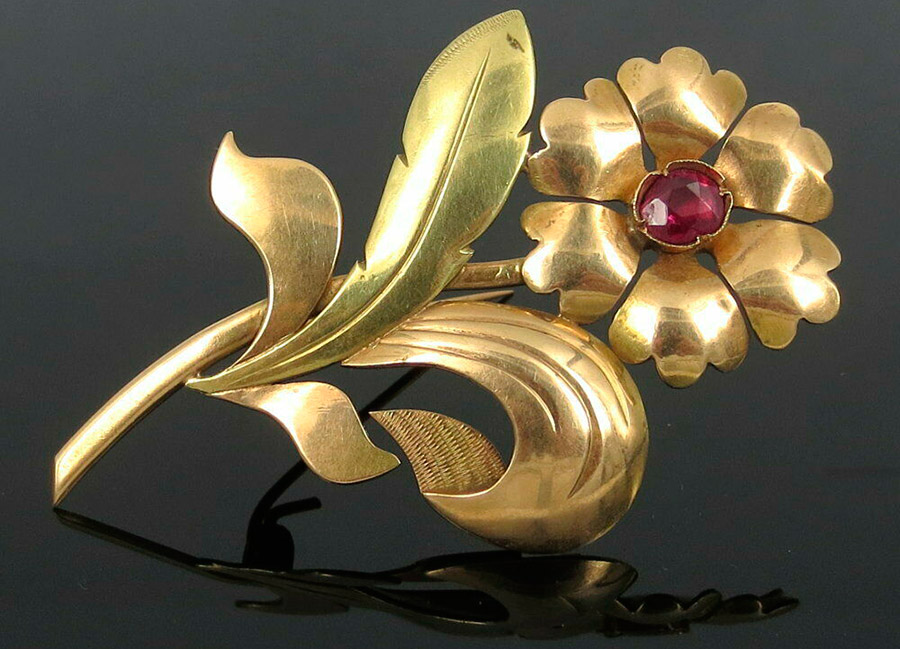
Natural rubies have the same hue in any light, artificial ones will be pale pink in daylight.
You can also use lemon juice to identify a fake. Drop lemon juice on the stone, if it is an artificial stone, then it will remain unchanged. Otherwise, cloudy inclusions will appear on the stone. If you are buying a large enough stone, it is better to consult a gemologist.
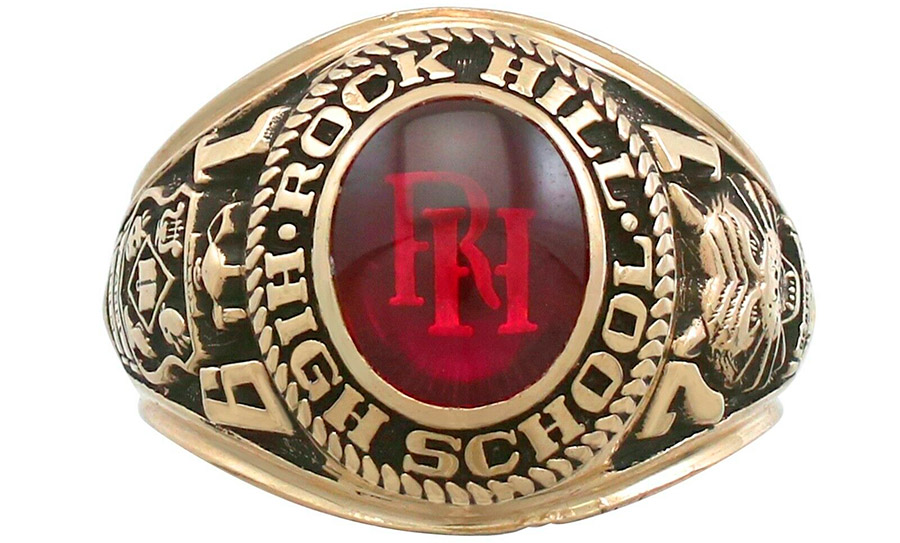
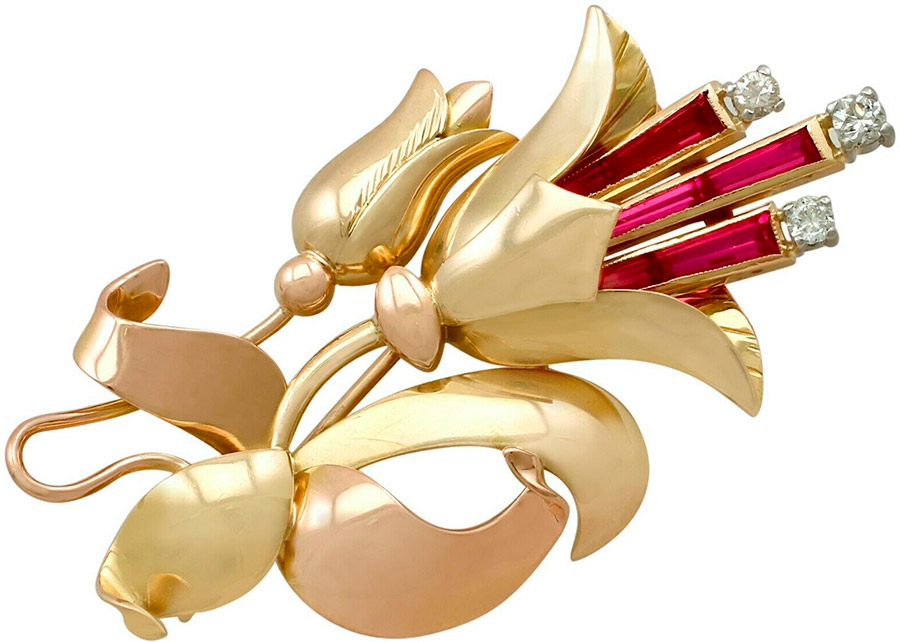
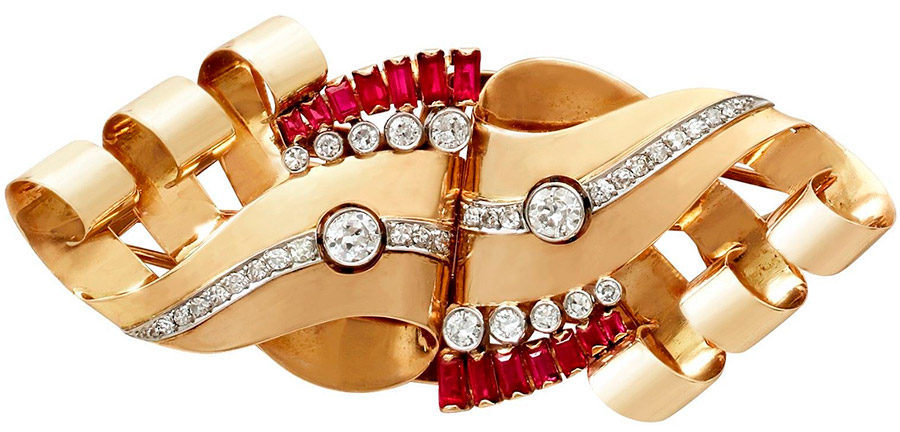
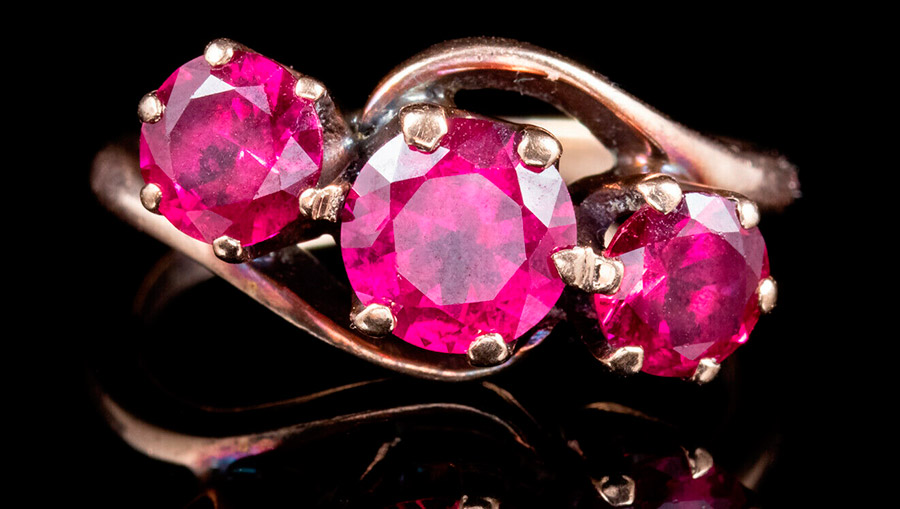
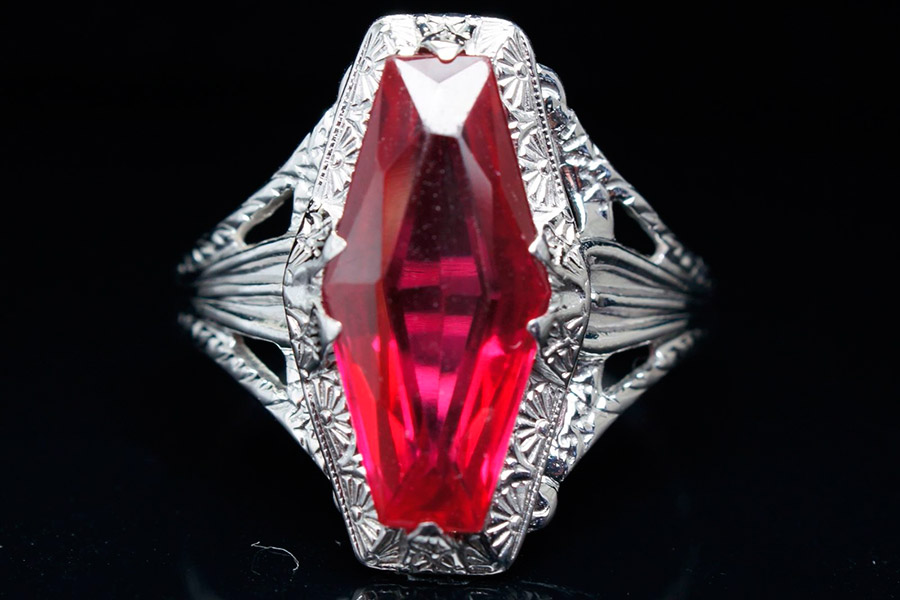
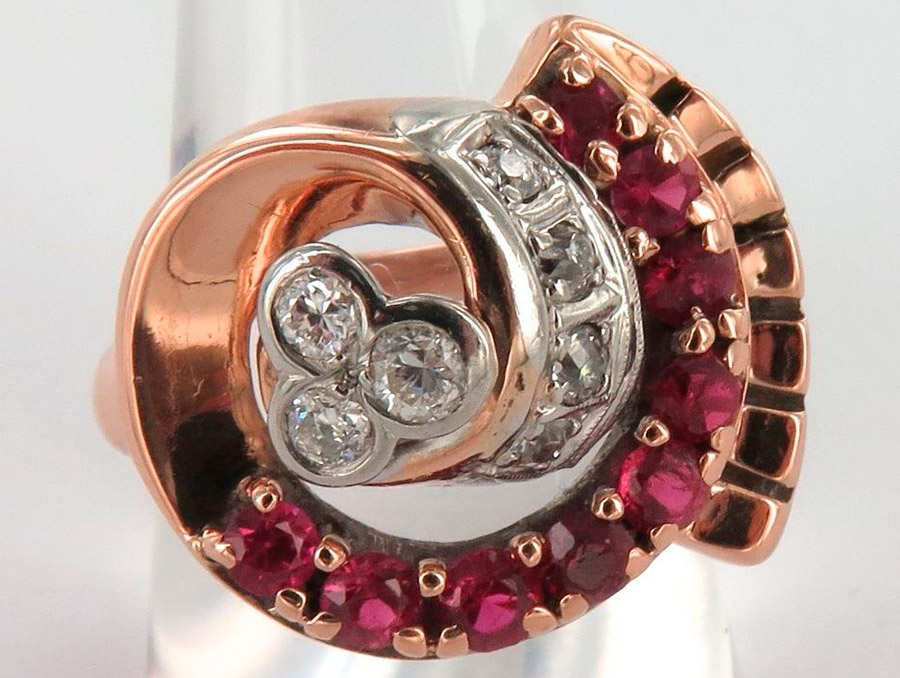
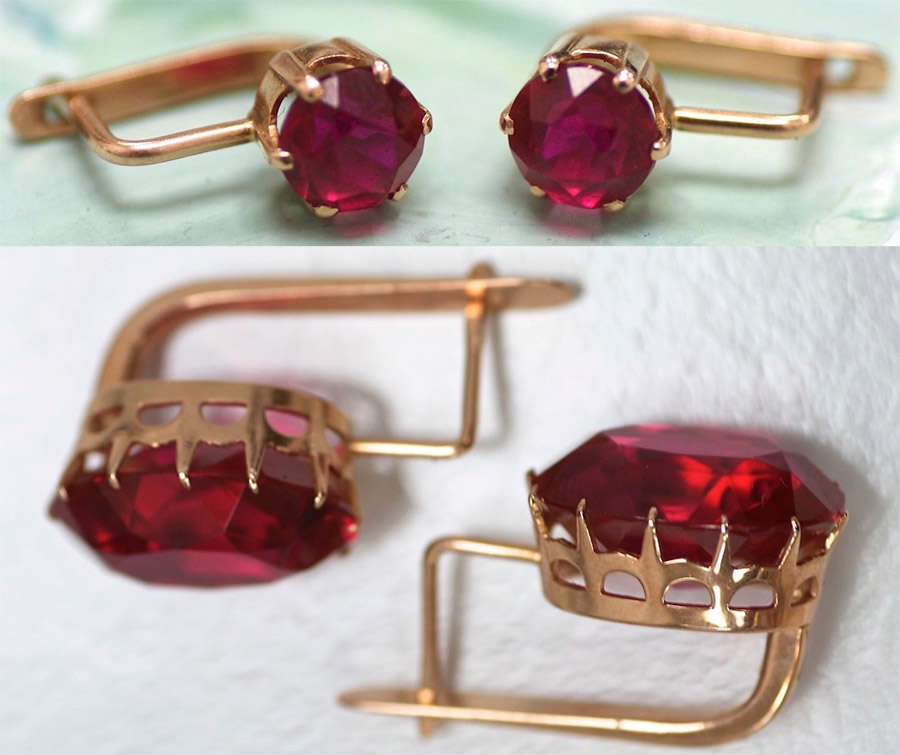
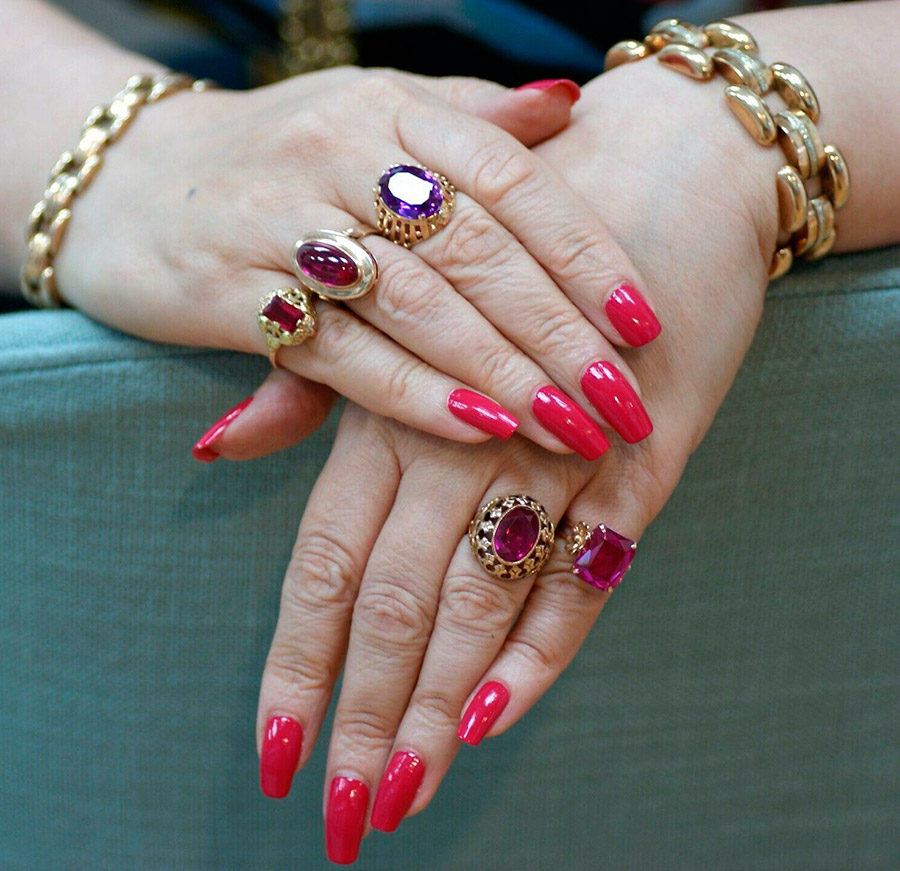
Comments and Reviews
Add a comment
Similar materials
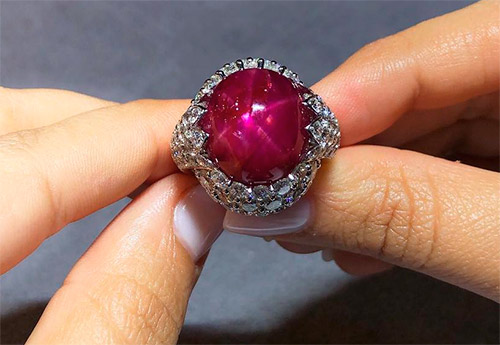 Who is the ruby stone suitable for and how does it help in life
Who is the ruby stone suitable for and how does it help in life
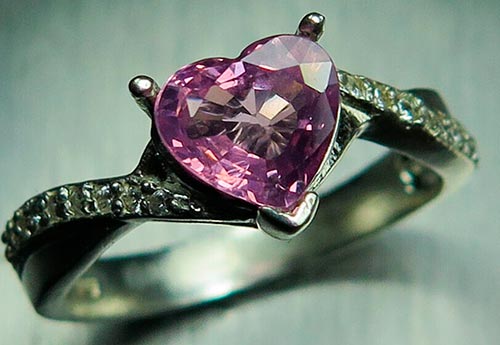 Spinel royal stone: properties and decorations
Spinel royal stone: properties and decorations
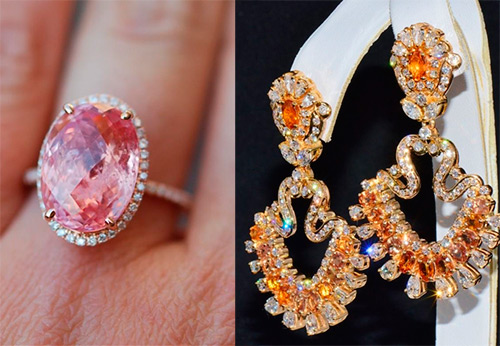 Magic padparadscha sapphire and its magical properties
Magic padparadscha sapphire and its magical properties
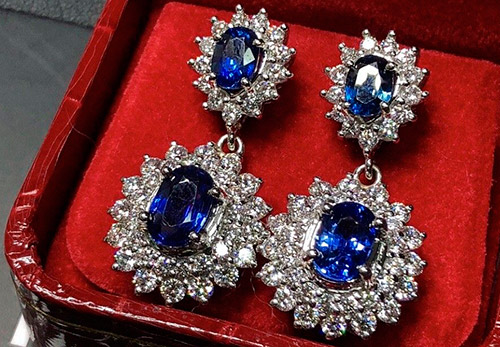 The story of the sapphire stone and the most expensive jewelry
The story of the sapphire stone and the most expensive jewelry
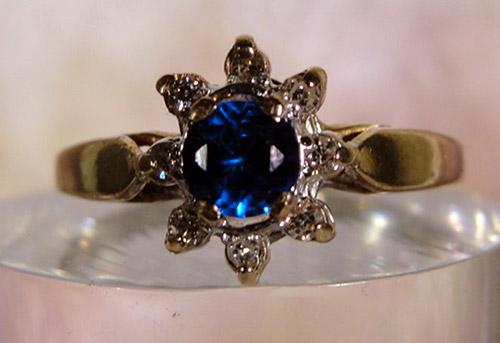 Do you know the Gayuin stone?
Do you know the Gayuin stone?
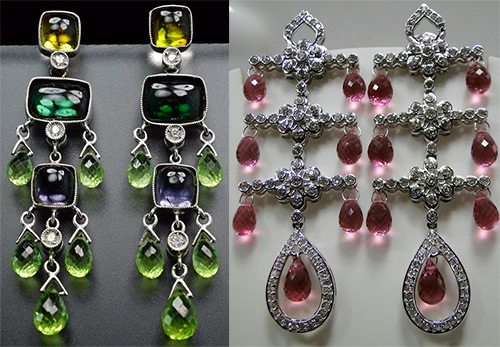 Stories about famous tourmalines and the properties of stone
Stories about famous tourmalines and the properties of stone
Rating news
Shades of clothing that make women look younger
What shades of hair make women younger: rules and photos
Funny wedding dresses - photos and ideas
12 most expensive down jackets for the winter
How to look 25 at 40: tips from supermodels
Beautiful schoolgirls
Anti-aging haircuts and hairstyles for women
Fashionable skirts for autumn and winter
Fashionable women's trousers for the cold season
Fashionable and stylish sandals for summer 2024
Spring-summer 2024
 Fashionable dresses and tops with thin spaghetti straps
Fashionable dresses and tops with thin spaghetti straps
 Bandana tops: how to wear stylishly and beautifully
Bandana tops: how to wear stylishly and beautifully
 How to put together the perfect men's wardrobe for the summer
How to put together the perfect men's wardrobe for the summer
 Fashionable shorts for spring-summer 2024
Fashionable shorts for spring-summer 2024
 Fashionable skirts for spring-summer 2024: a guide to online shopping
Fashionable skirts for spring-summer 2024: a guide to online shopping
 The most fashionable dresses spring-summer 2024: styles and colors
The most fashionable dresses spring-summer 2024: styles and colors
 Fashionable total look 2024: ideas of images and trends
Fashionable total look 2024: ideas of images and trends